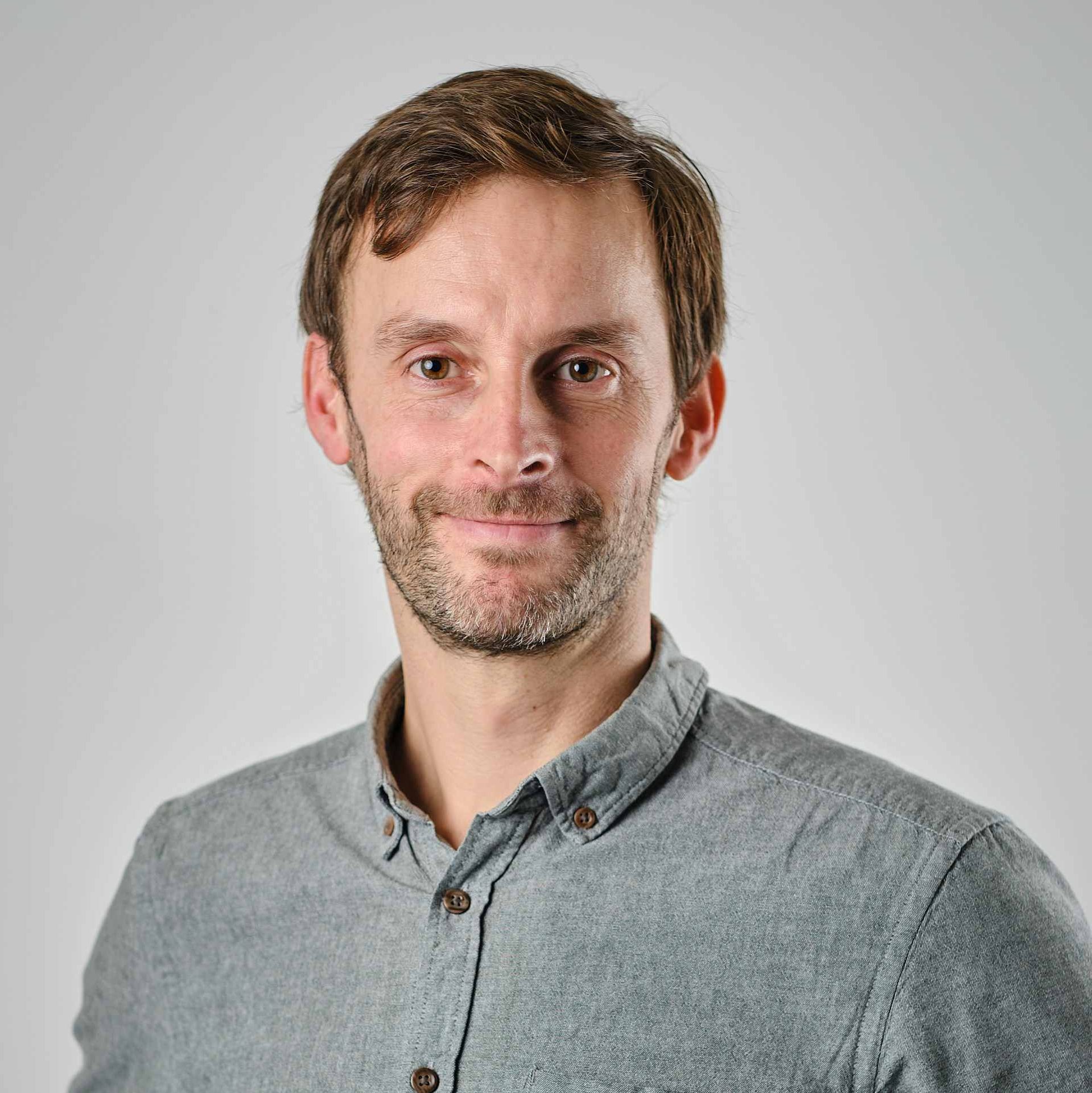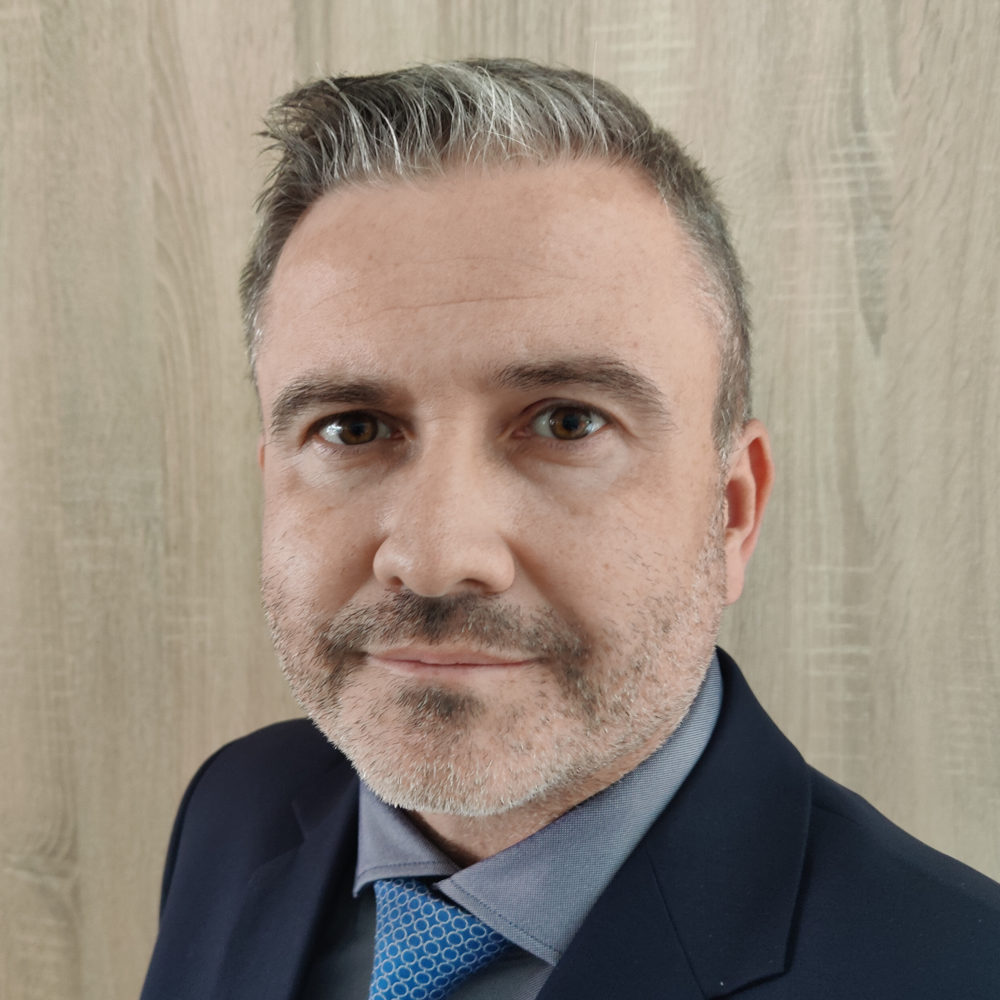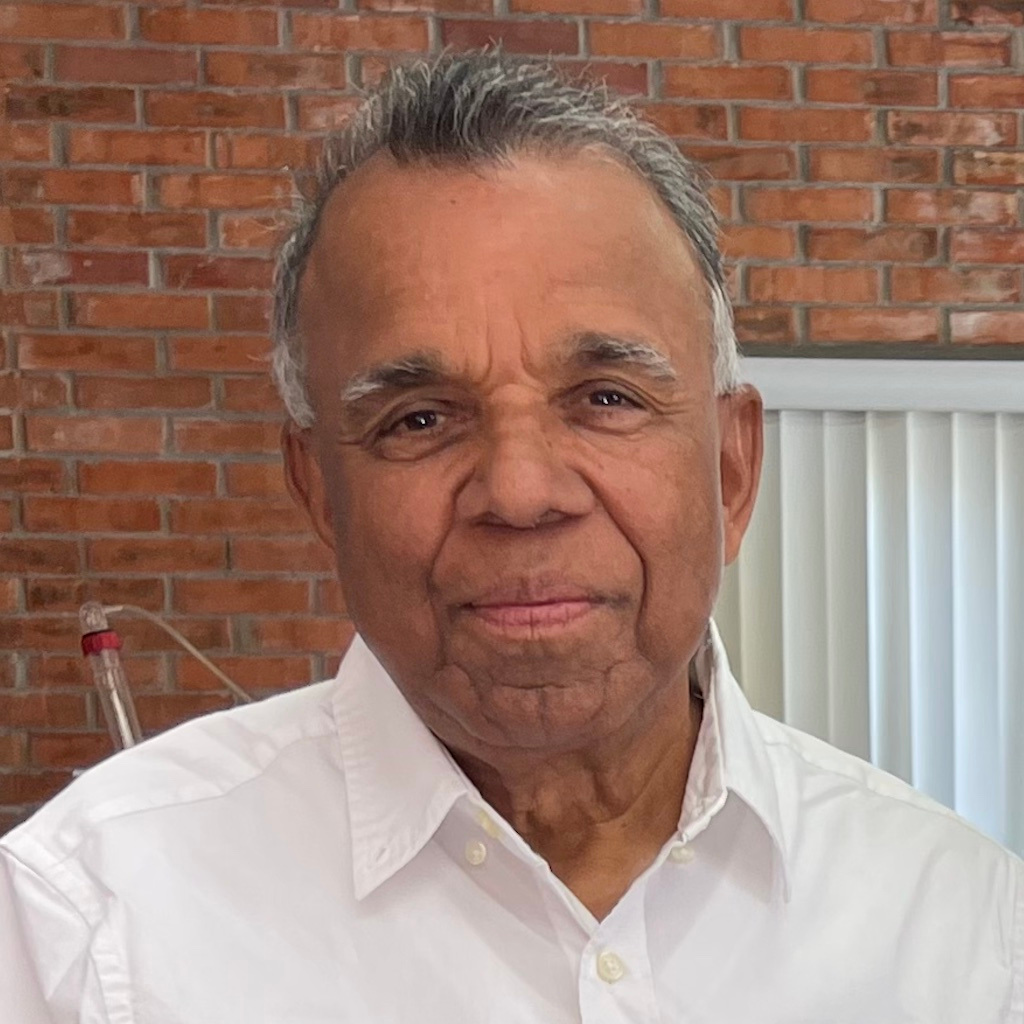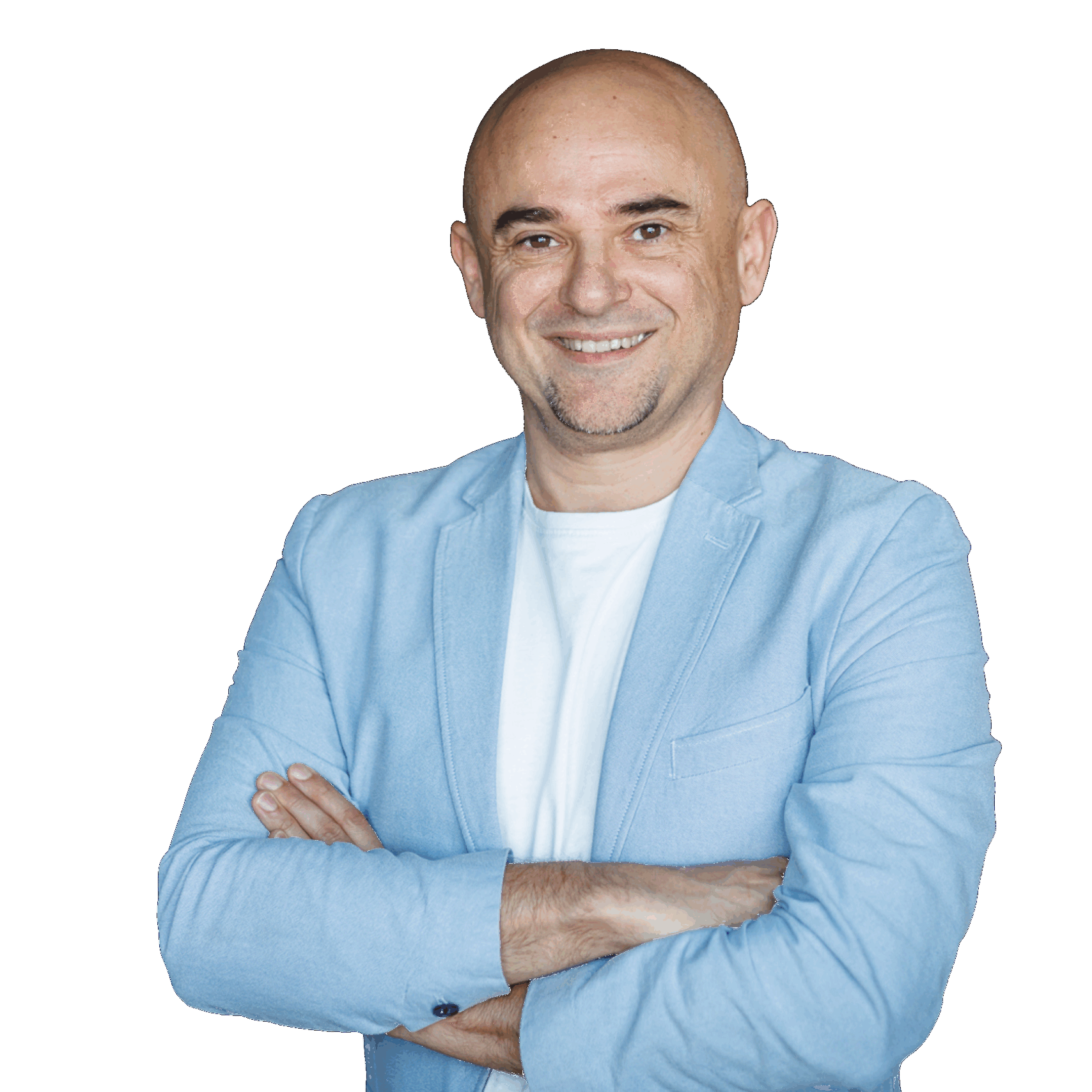
Iñigo Cuiñas
Experience on applying Design Thinking in the definition of LoRa Communication system
Iñigo Cuiñas is a Professor and Head of the Department of Signal Theory and Communications at the Universidade de Vigo. His research primarily focuses on radio wave propagation in complex environments, such as vegetation, and the environmental aspects of radiofrequency systems. His work includes the development of techniques to mitigate electromagnetic pollution and expand digital services in rural areas. In recent years, he has also led several educational innovation projects centered on Design Thinking, soft skills, and virtual reality.
He is a Senior Member of both IEEE and URSI.

James Pomeroy
Thermal management and characterization of advanced semiconductor electronics
James Pomeroy is Research Fellow at the Centre for Device Thermography and Reliability (CDTR), and Investigator at the REWIRE Innovation and Knowledge Centre for Power Electronics at the University of Bristol. He received a PhD in Physics at the University of Bristol in 2006 and his research focuses on thermal management, thermal characterisation and reliability of wide bandgap RF and Power semiconductor devices.

Marilena Vivona
Annealing processes in SiC power device technology
Marilena Vivona has received her M.Sc. in Physics from the University of Palermo, Italy (2008), and her Ph.D. from the University Jean Monnet of Saint-Étienne, France (2013). Now, she is a researcher at CNR-IMM in Catania, Italy. Her activity focuses on wide band gap (WBG) semiconductors, primarily silicon carbide (SiC) materials and related devices, including processing and characterization aspects with particular attention to the metal/semiconductor contacts.

Piotr Gębara
Magnetocaloric effect in (Mn,Pd)CoGe alloys: a response to the needs of modern cooling?
Piotr Gębara is Associate Professor in Department of Physics Częstochowa University of Technology. He received MSc In Technical Physics from Częstochowa University of Technology (2008), PhD in Physics from Jan Długosz University in Częstochowa (2012) and DSc (Habilitation) in Physics from Silesian University in Katowice, Poland (2019). His research activity focuses on magnetic properties of soft and hard magnetic materials. His main scientific interests concern on magnetocaloric effect in the La(Fe,Si)13, Gd- based and MnCoGe alloys.

Tom Shalvey
Future perspectives of Antimony sulfide selenide Solar cels
Tom Shalvey is a researcher at the University of Liverpool, UK, working within the Stephenson Institute for Renewable Energy on a range of energy-related technologies. His work focuses on inorganic thin-film photovoltaics, with particular emphasis on emerging absorbers such as Sb₂(S,Se)₃. His research integrates crystal growth and fundamental materials science with device fabrication and performance analysis to advance the development of higher-efficiency, lower-cost thin-film solar cells.

Padmanabhan Karunakaran Nair
Antimony sulfide selenide solar cells and prototype modules produced by chemical deposition
Padmanabhan Karunakaran Nair (P. K. Nair). With a B.Sc. and M. Sc. Physics from the University of Kerala and M. Tech and Ph. D. from the Indian Institute of Technology (Delhi) was in the faculty (Physics) at the University of Jos, Nigeria (1977-‘85). At the National Autonomous University of Mexico (Renewable Energy Institute IER-UNAM) from 1985 – to date, developed semiconductor thin films over large area as required for solar energy applications.

Przemysław Mikus
Business Session Moderator
Przemek Mikus is an expert in artificial intelligence with over 20 years of experience in the IT sector. As Managing Director at Liki and President of SoDA, he actively promotes the Polish tech scene and supports the practical implementation of AI solutions in business and public administration. He collaborates with the Ministry of Digital Affairs on national AI strategy, leads AI transformation projects for enterprises, and co-authored the report “Human-AI Collaboration – Perspectives for the Polish Public Sector.